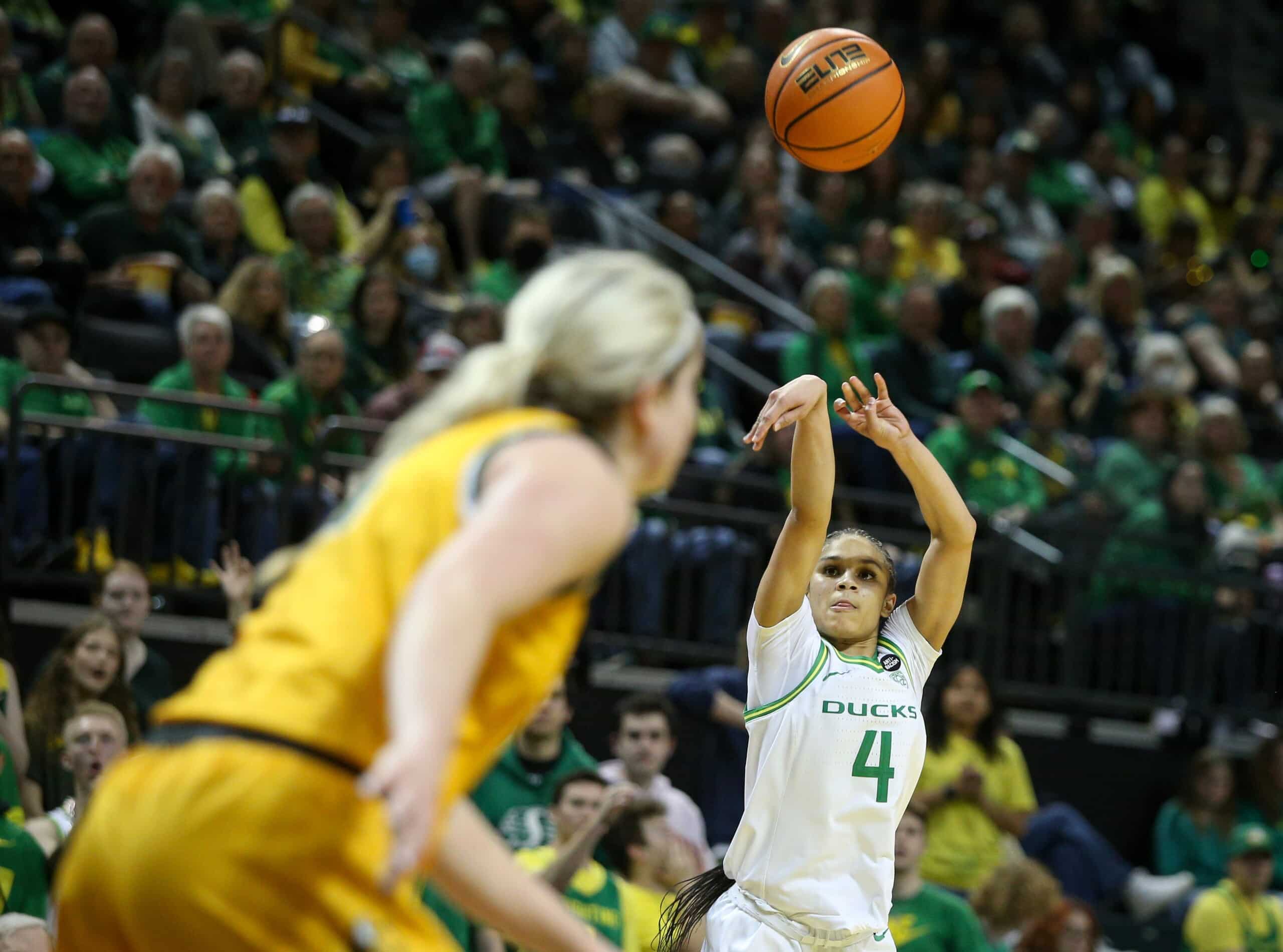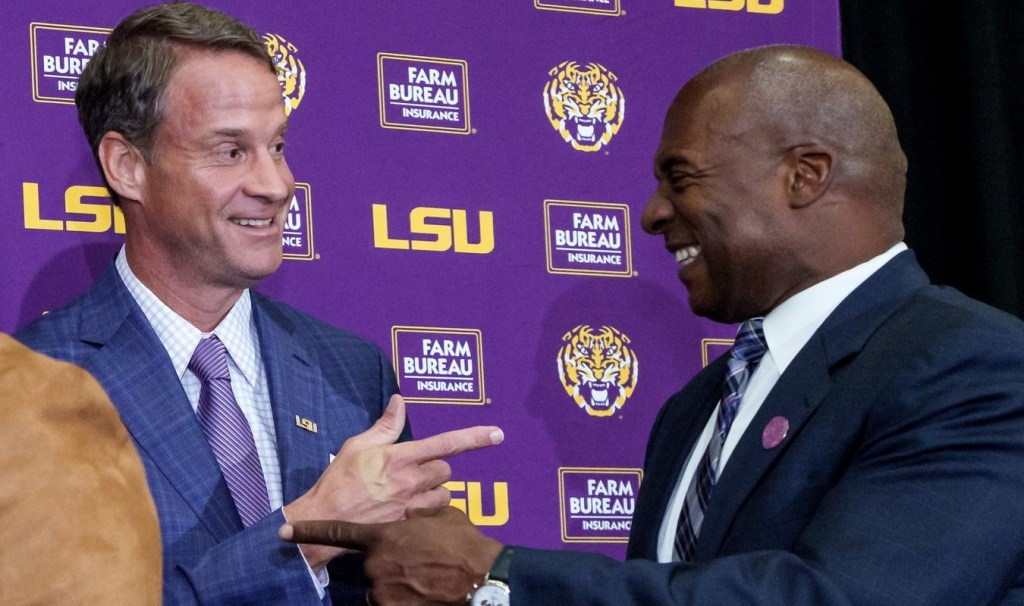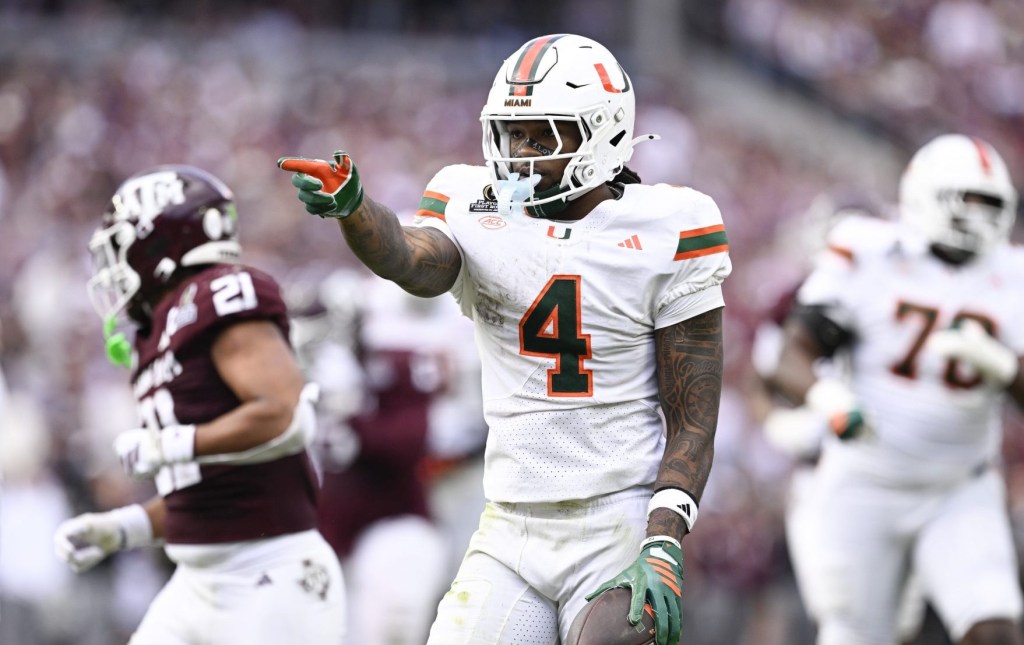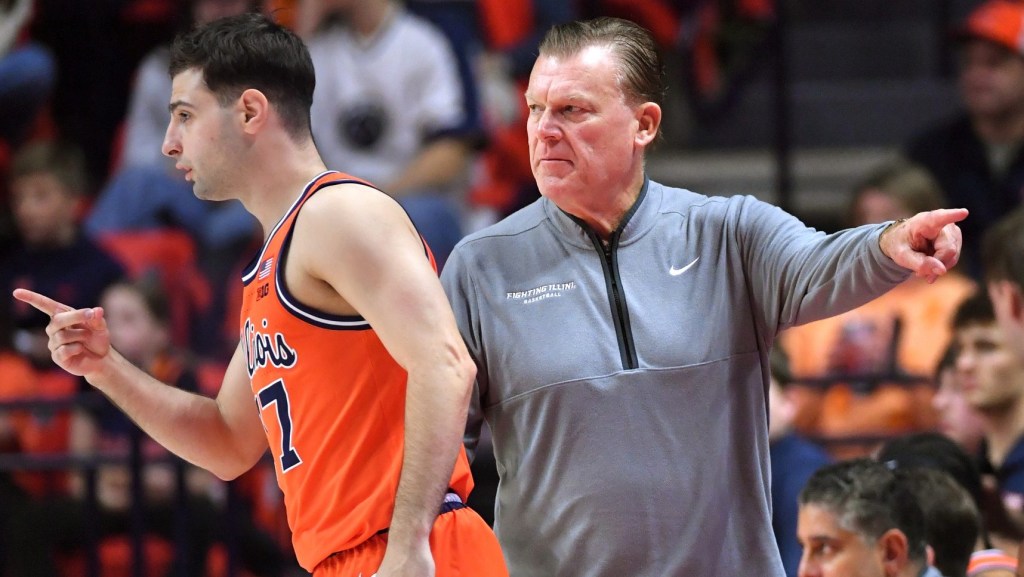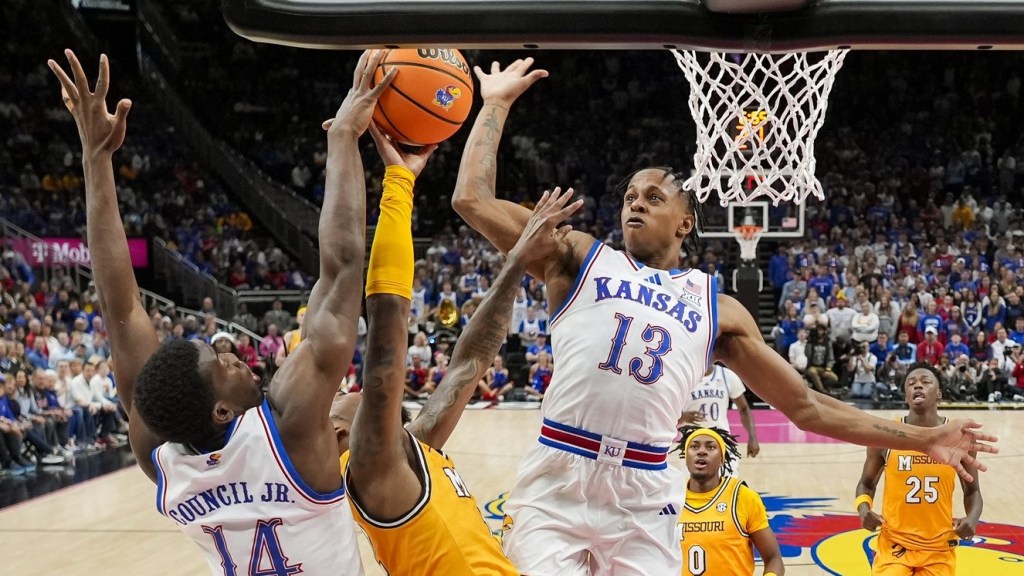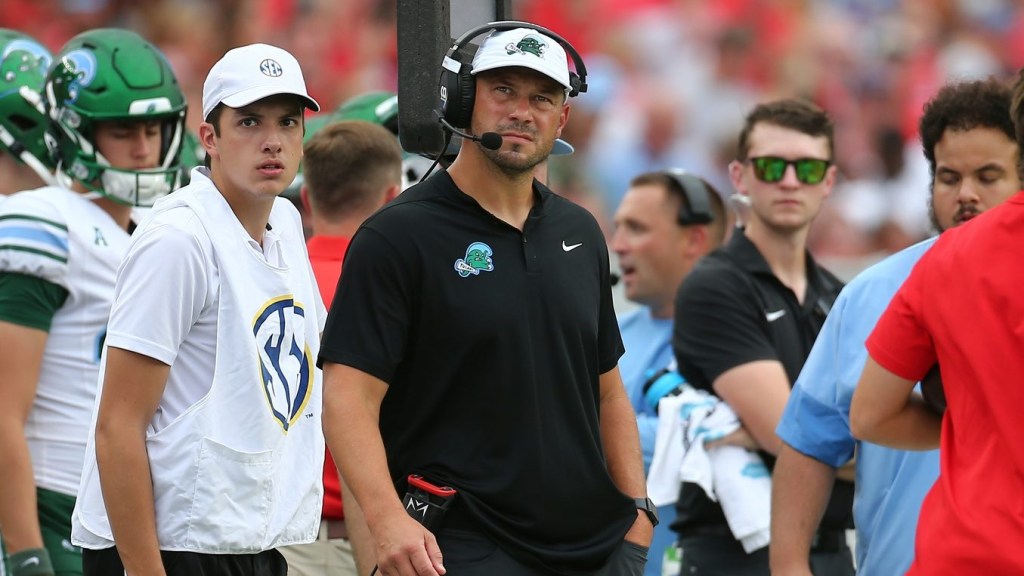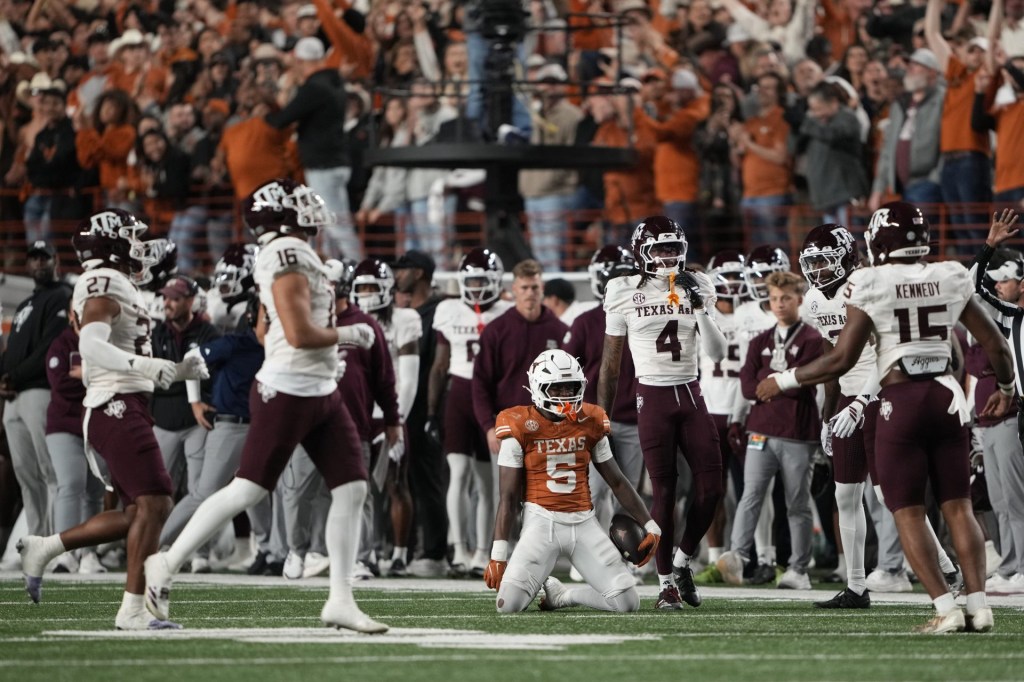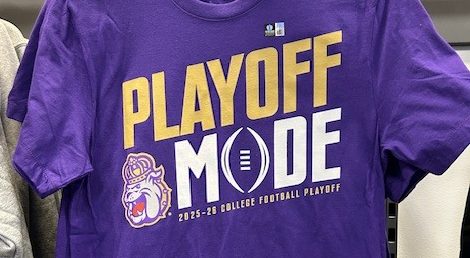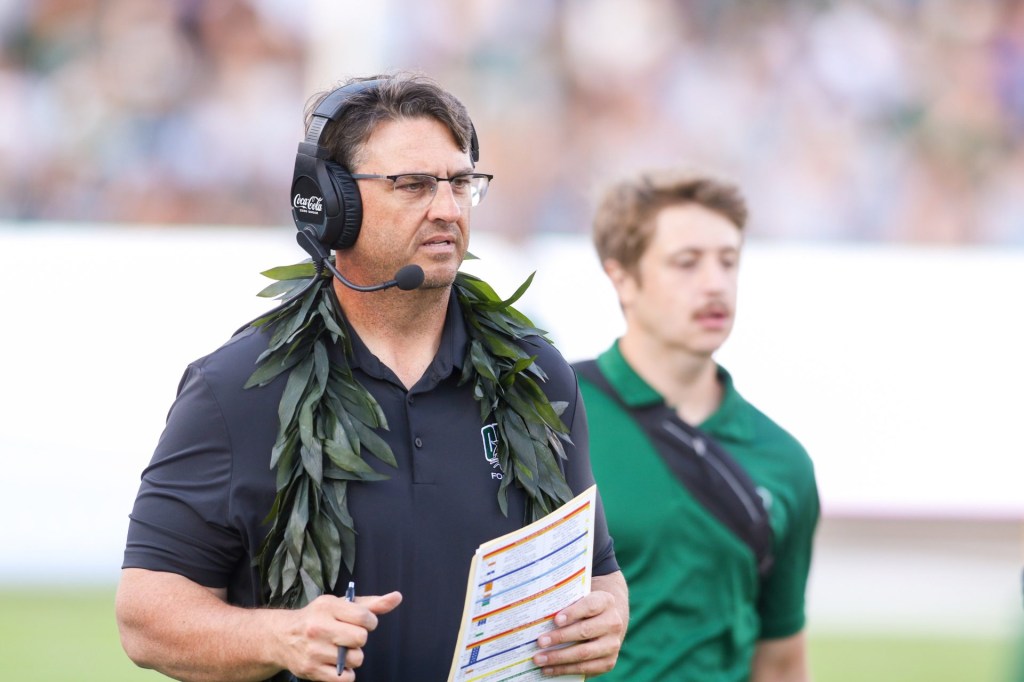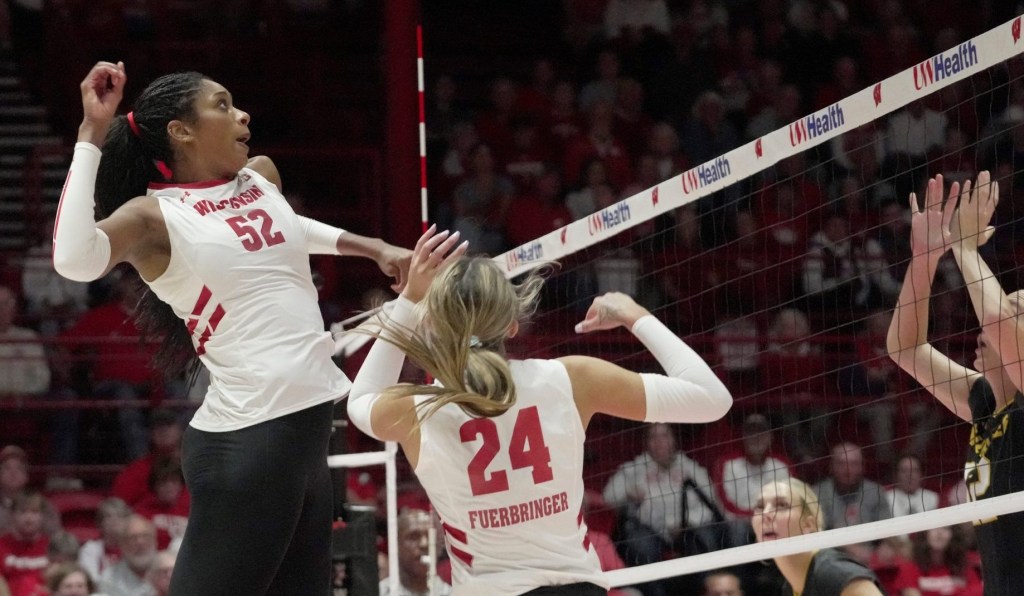In 2021, players and coaches criticized major disparities between NCAA Division I basketball tournaments — from unequal weight rooms and food choices to half-hearted branding efforts. The NCAA was forced to listen, working to rectify years of structural inequities.
And while it’s made progress with women’s March Madness, the NCAA has significant work to do on the rest of Division I postseason basketball. One area of concern: the secondary postseason tournament used as a consolation to the NCAA tournaments.
Since 2005, the NCAA has owned and operated the National Invitation Tournament — which offers 32 men’s teams a postseason opportunity and national coverage even if they don’t make the field of 68.
But the NCAA does not sponsor an equivalent postseason event for women’s basketball. The NCAA leads the existing “WNIT.” It’s owned and operated by an outside organization called Triple Crown Sports, which has been criticized for its high participation costs and experience issues.
“You don’t really see an apples-to-apples opportunity for the women,” Horizon League Commissioner Julie Roe Lach, who serves on the Women’s Basketball Oversight Committee, told Front Office Sports.
In October, the NCAA announced it would rectify this inequity with a 32-team women’s tournament. But less than 12 months from the presumed tip-off, there’s little to no information about what the event would look like.
The Non-NCAA Tournament
The NIT has existed in various capacities since the 1930s.
The NCAA purchased the event in 2005 for $56.5 million from a conglomeration of five New York City based-schools called the “Metropolitan Collegiate Basketball Association.” The sale was part of a settlement after the NCAA was accused of trying to kill the tournaments, which directly competed with its events.
Meanwhile, the NCAA completely ignored the concept of a women’s NIT. Triple Crown Sports saw a business opportunity to fill the void: it created a 16-team bracket called the “WNIT” in 1998. The amateur sporting events company based in Colorado also operated a preseason WNIT in the early 1990s.
Since then, Triple Crown Sports has run the event — increasing the field to 32 teams and 64 in 2010. The company doesn’t have major costs associated with production, as games are on teams’ campuses.
A Second-Class Experience?
This year, the University of North Carolina men’s team declined an NIT bid, which was met with uproar given the many benefits athletes and athletic departments receive from NIT participation. Women’s teams, however, decline WNIT invites frequently — and no one questions their decision.
The WNIT is a significant cost burden for women’s teams with no financial returns. The experience can be more of a burden for players and coaches than an opportunity to compete and bring exposure to the sport.
- For the NIT, the NCAA covers travel costs and food and accommodation expenses for up to 25 people per team, according to the NCAA’s 2021 equity review.
- Meanwhile, Triple Crown Sports makes teams, including a travel party of 20, pay the first $12,000 of their expenses.
- That includes paying for travel arrangements — which often include multiple flights — as teams advance or front the cost of hosting games planned at the last moment. Triple Crown assists with travel arrangements.
- UCLA, for example, had to take multiple flights for a trip totaling 13 hours to get to one game, according to the Los Angeles Times.
Coaches and players have suggested that getting to the later rounds doesn’t yield the same atmosphere.
In past years, the NCAA funded charters for the men’s teams to fly to New York City — as the NIT “Final Four” was played at Madison Square Garden. (The arena has since cut ties with the NIT, with this year’s games being played at Orleans Arena in Las Vegas).
But women’s teams never get a neutral site for their final two rounds — every game is played on campus.
Last year, UCLA women’s coach Cori Close quote-tweeted a Texas A&M men’s basketball video highlighting the NIT experience. “What a striking contrast to our experience with the WNIT,” she tweeted. “Not even close.”
If that isn’t enough, the NCAA distributes six figures worth of funding each year to schools for successful performances in the NIT, as it does for men’s March Madness. But the NCAA has no financial incentive to participate in the WNIT.
A Bare-Bones Plan
The new women’s tournament is part of the governing body’s plan to fix major gender inequities in the sport spawned by controversies during the 2021 tournaments and an external equity review. But simply throwing together a bracket won’t be enough — the tournament will have to match the level of quality the NIT provides.
“If I had to distill it down, it’s two issues,” Roe Lach said. “It’s that overall travel and student-athlete player experience … does this look and feel like a postseason experience? And then, two is ensuring that the way that that bracket is established and set up has some integrity to it. … How do we do that while also balancing this interest of travel and some level of cost?”
But so far, the NCAA has solidified few, if any, details even though the inaugural tournament is only a year away.
Here’s what little we know so far:
- NCAA meeting minutes from last summer suggest that the tournament format will be similar to the NIT. Early rounds would be played on campuses, with the “Final Four” at a neutral site.
- Meeting minutes from January suggest the governing body is still planning how to fund the tournament. It’s in the process of increasing sponsorship offerings and strategizing how to get more revenue for women’s basketball media rights — which could help provide extra cash for this tournament.
The NCAA hasn’t even said what the tournament would be called. Since Triple Crown Sports owns the rights to the name “WNIT,” the NCAA made it very clear to reporters in the fall that its tournament would, under no circumstances, be called a WNIT.
The NCAA declined to comment for this story, saying it had no additional information to share. Roe Lach estimated the women’s basketball officials at the NCAA would begin serious planning after March Madness concludes.
Meanwhile, the future of Triple Crown Sports’ event is unclear, as an NCAA-sponsored event would certainly be much more receptive and cost effective.
But the organization didn’t have much to say about its future competitor.
“Triple Crown’s entire focus right now is producing the 2023 Postseason WNIT like we have since 1998,” the company said in a statement to FOS. “If there are changes in how postseason events look in the future, we’ll be prepared to support women’s basketball with the same enthusiasm teams have appreciated for 25 years.”
